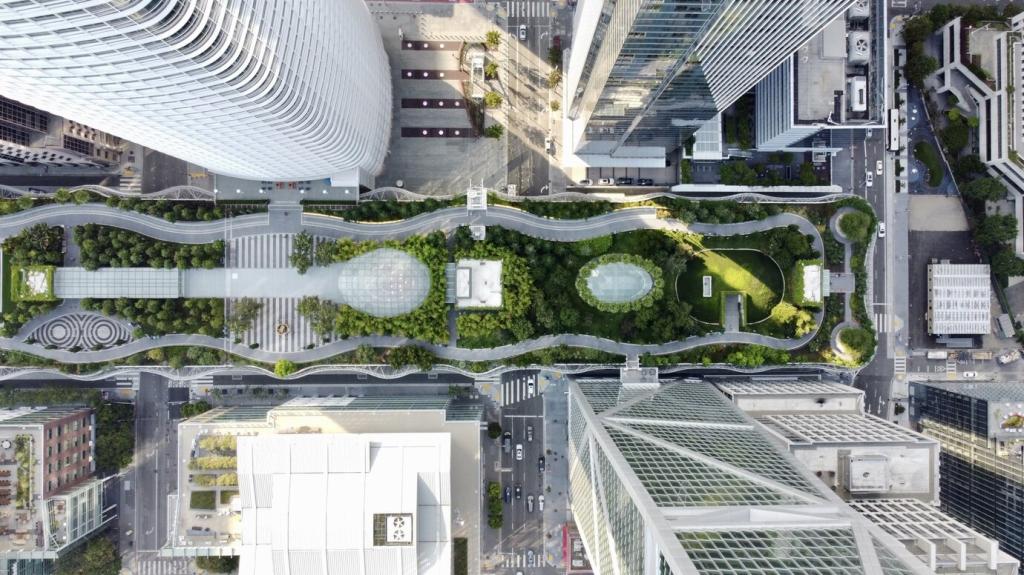Community engagement in urban development refers to the collaborative process where residents, stakeholders, and local organizations actively participate in shaping the evolution of their cities. Involving the community helps ensure that urban spaces reflect the needs, aspirations, and identities of those who live and work within them. When meaningful participation is prioritized, cities become more inclusive, resilient, and sustainable, strengthening the social fabric while addressing challenges with solutions that are rooted in local knowledge.

Empowering Local Voices
When communities are encouraged to express their needs, urban development becomes more relevant and unique to its context. Empowered local voices drive decision-making processes, resulting in plans that accommodate real challenges and opportunities. Moreover, giving residents an active platform fosters a sense of ownership, increasing satisfaction and responsibility toward public spaces. This empowerment is vital for building communities that are engaged not only during planning, but throughout a city’s lifelong evolution.

Building Social Trust and Collaboration
Involving communities helps cultivate social trust and collective responsibility. When people see their concerns and aspirations reflected in urban initiatives, they are more likely to support future projects and collaborate. Trust between officials, planners, and citizens ensures smoother implementation and better long-term outcomes. Collaborative development boosts civic engagement, strengthens local networks, and creates lasting bonds among diverse groups, which, in turn, benefits the social stability and vibrancy of urban areas.
Challenges and Barriers to Engagement
Years of unfulfilled promises or limited influence can lead to skepticism about engagement processes. Residents may feel their input will not make a real difference or that decisions have already been made without them. Building genuine engagement requires addressing past grievances, ensuring transparency, and demonstrating commitment to real change. Only consistent follow-through and a genuine invitation to participate can transform apathy into active collaboration and open dialogue.

Methods for Effective Engagement
Open forums and workshops provide valuable spaces for direct dialogue between planners and community members. These face-to-face settings encourage candid conversations, facilitate knowledge exchange, and allow complex topics to be addressed collaboratively. Participants can voice their ideas, ask questions, and offer constructive feedback, which planners can then integrate into their designs. Workshops, in particular, foster interactive learning and collective problem-solving, deepening participants’ understanding while strengthening their connection to ongoing projects.
Digital engagement methods—such as interactive websites, map-based feedback, and virtual meetings—expand access for those unable to participate in person. Online tools empower more people to share insights, vote on priorities, or visualize project proposals at their convenience. These platforms can also enhance transparency by providing updates and resources to participants in real time. By harnessing technology, urban developers can reach broader audiences, gather more diverse input, and respond more nimbly to a community’s evolving needs.
Involving community members directly in the design and planning process can yield innovative, context-specific solutions. Through participatory urban design, residents collaborate on site visits, model-making, and envisioning exercises, providing planners with firsthand insights into daily challenges and aspirations. This method leads to development plans that reflect collective wisdom and creativity, and outcomes that resonate authentically with local identity. Ultimately, participatory design strengthens the relationship between people and place, laying the groundwork for vibrant, people-centered urban spaces.

